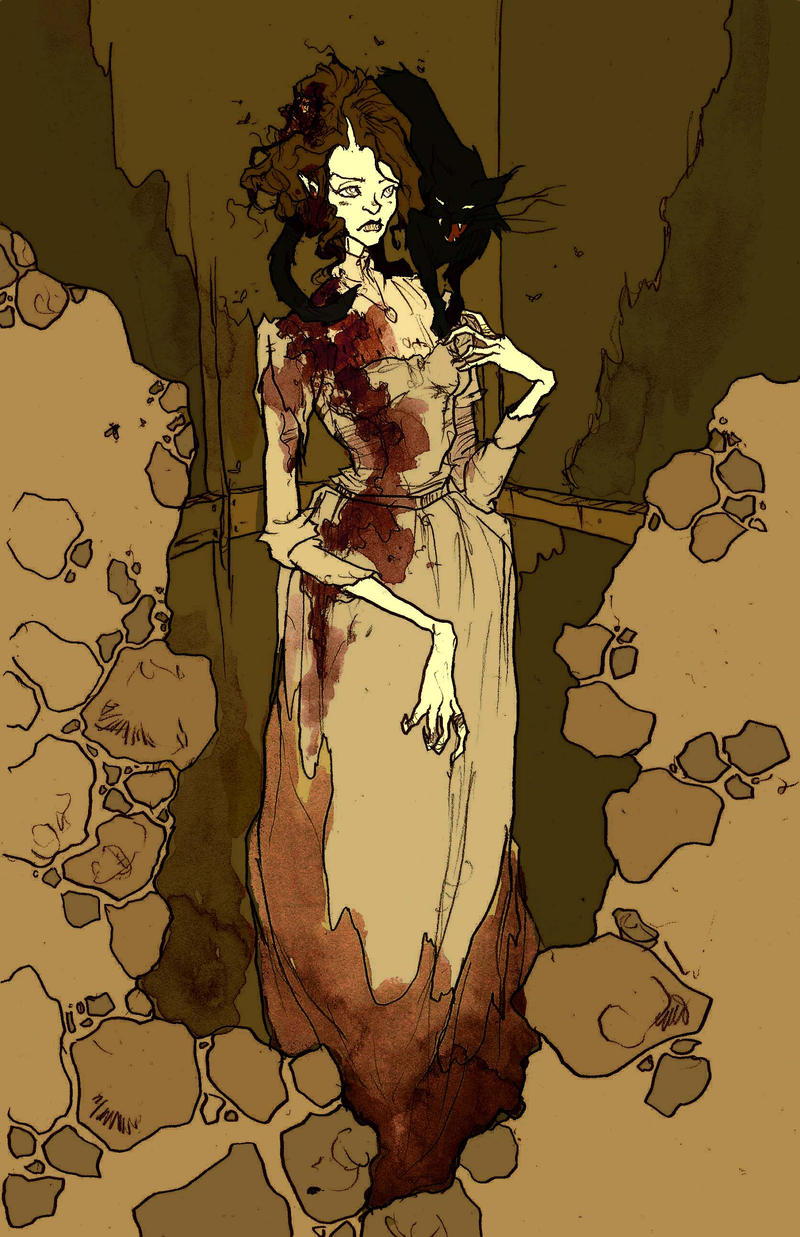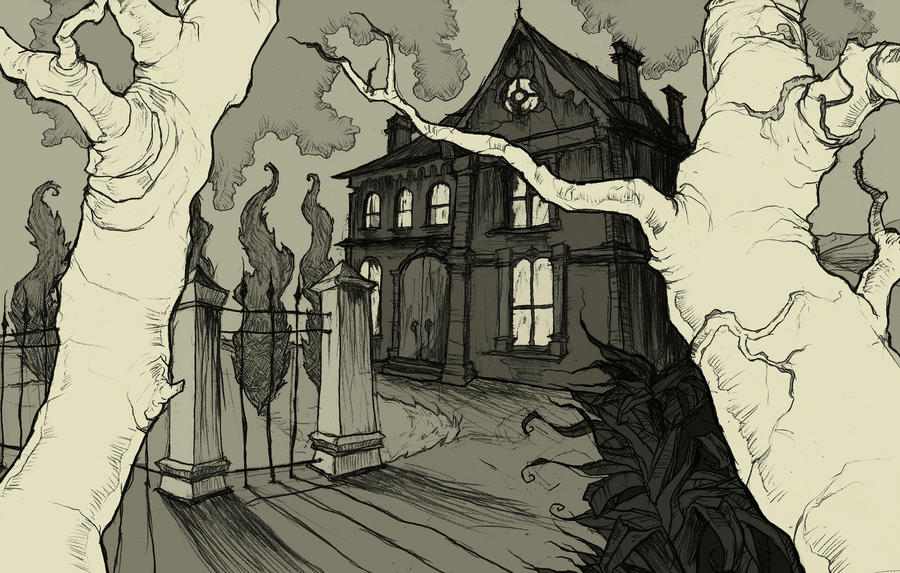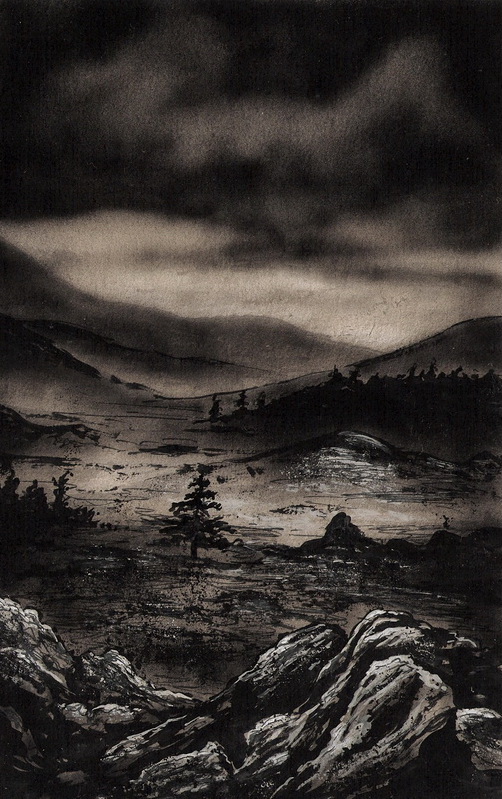Here are a few samples of her work to persuade you to mosey on over and enjoy lots more. As usual, click on the image to enlarge it to full biggosity.

The Black Cat

The House of Usher



Merfolk-fanatics between eight and 48 years old attended the event in the town of Suhl in southern Thuringia which organizers claimed was the first ever German national championship in mermaid swimming, also referred to as "mermaiding".
And especially competitors from the lower half of the Bundesrepublik proved that they had thoroughly analysed Disney's The Little Mermaid.Well, there you go. Congratulations to the plucky winners, who (wait for it) clearly got into a flap in the best possible sense.
“Merthletes” from Bavaria, Thuringia and Baden-Württemberg brought in two wins for each state, as children competed over 50m and adults over twice that distance.
Lotta Müller from Bavaria took gold in the highest-represented and fiercely-contested category of eight- to nine-year-olds, while Alexander Sengpiel also of Bavaria only had to out-flap a few other men to come in first in the adult competition.All good, wet, harmless fun.

 |
| Uncanny Valley... |
 |
| M.R. James country. Flat, yet with plenty of cover where Things can lurk... |
About 4,000 items, including intricate metalwork, coins and weights, have been found at Rendlesham. About 1,000 of them are Anglo-Saxon, Ms Minter said.
Dr Helen Geake of the British Museum said while the "palace" find was "incredibly exciting", it could be one of a number dotted around East Anglia.
"There would have been quite a few of these palaces or halls dotted around," she said.
"The king [of the time] would have toured his kingdom in order to show his magnificence to his people, so he would have had lots of places to base himself around East Anglia."Rendlesham is of course not far from Sutton Hoo, where a major Anglo-Saxon find occurred in 1939, just three years after MJR died. So far as we know, ghostly guardians have not been going around knocking off hapless antiquarians as a result of either excavation.
 |
| Sutton Hoo helmet with someone keeping a close eye on it. You never know. |

 Here's an interesting indie movie that takes a valiant stab at something that's preoccupied many fine writers over the decades. Is it possible to take a scientific approach to life after death?
Here's an interesting indie movie that takes a valiant stab at something that's preoccupied many fine writers over the decades. Is it possible to take a scientific approach to life after death?


'You succumbed to a kind of learned helplessness that convinced you the veil between the worlds had been pulled back and you could not escape; wherever you went, you would always be haunted.'
'You entered into an abusive relationship with a haunted house.'
Bowing to intense pressure from elves and the people who believe in them, the government of Iceland will unearth a purportedly magical “Elfin Lady Stone” buried by highway workers by mistake. The inadvertent burial of their sacred site seriously pissed off the mythical creatures, according to reports.Elves. Don't mess with 'em.
Angry Icelandic elves incensed by the offensive construction site error are blamed of causing a series of mishaps throughout the country. Their sacred stone was covered over as workers were clearing landslide debris,Morgunbladid daily reports today.
 Lynda E. Rucker, whose work has appeared in several issues of ST, has a new book out from Dublin's Swan River Press. It is of course bound to be a spiffing read, as Lynda is the genuine article - a serious, literary author of 'quiet horror' whose work is disquieting, inspiring, and oddly reassuring. It's good to know that there are writers so gifted working in our genre.
Lynda E. Rucker, whose work has appeared in several issues of ST, has a new book out from Dublin's Swan River Press. It is of course bound to be a spiffing read, as Lynda is the genuine article - a serious, literary author of 'quiet horror' whose work is disquieting, inspiring, and oddly reassuring. It's good to know that there are writers so gifted working in our genre.This TV film (first broadcast on the Arte channel) directed by Marion Desseigne-Ravel is an updated adaptation of Guy de Maupassant's ...
